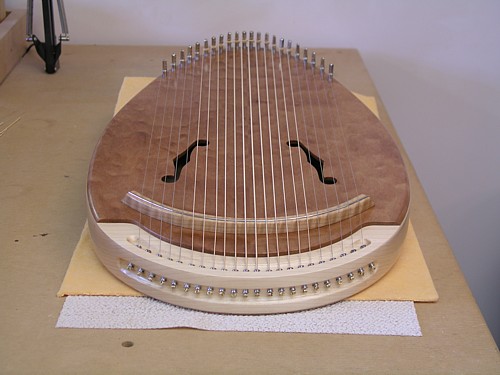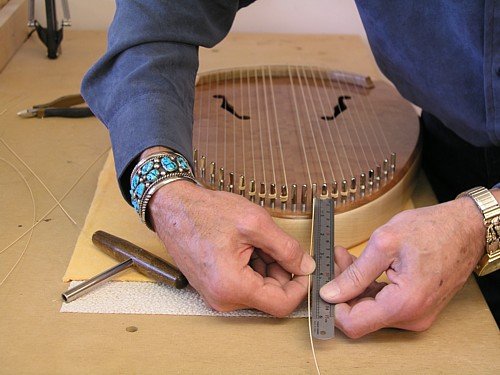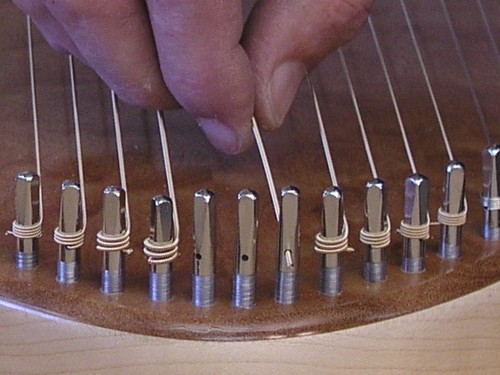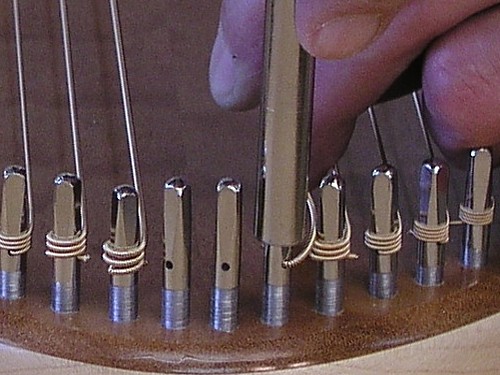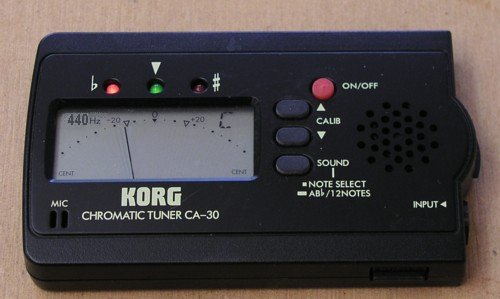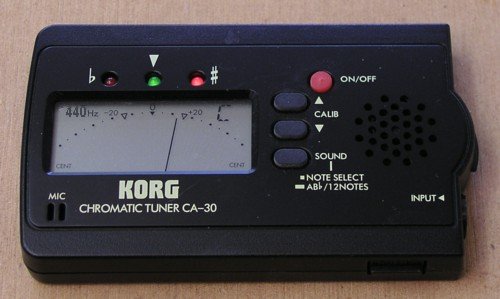Sensory Harp Stringing
Hand Crafted in Oregon by Vance Pennington
The newest and easiest to play musical instrument ever! Replacing Strings A step-by-step guide Replacing Strings #1 to #9 and #14 to #22(see below for strings #10 to #13)
Replacing Strings #10 to #13
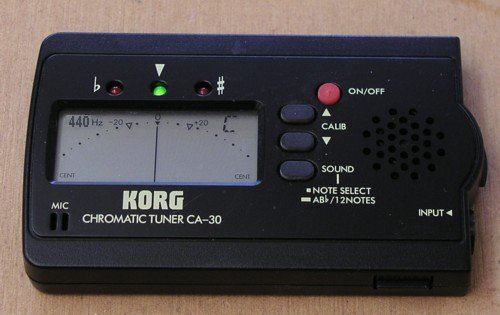 Perfect tuning. If you require assistance with tuning or stringing your harp please contact Vance Pennington by calling (503) 397 1242 or emailing vance@waking-spirit.com |
 |


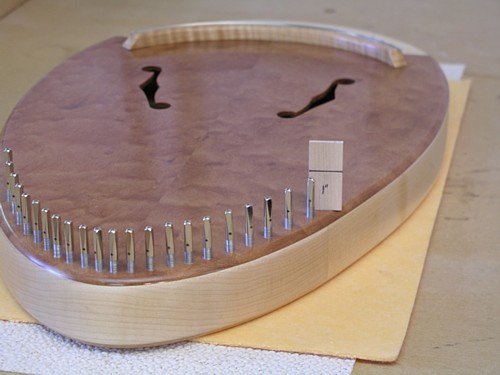
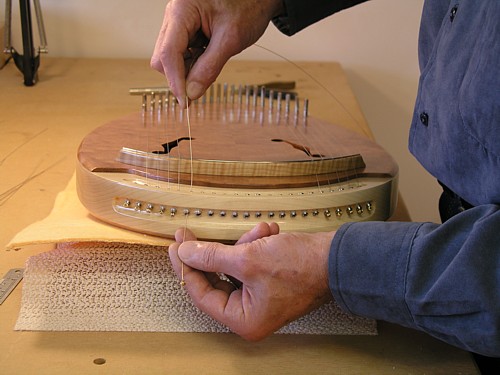 Step 2. Thread new string through the ferrule.
Step 2. Thread new string through the ferrule.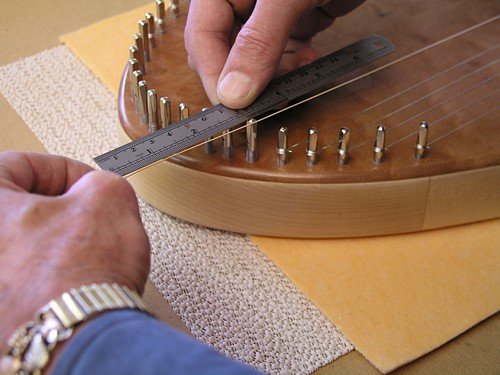
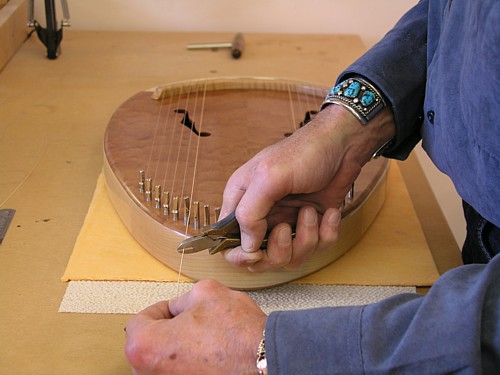
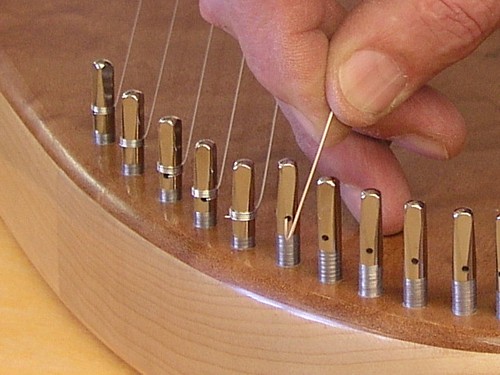
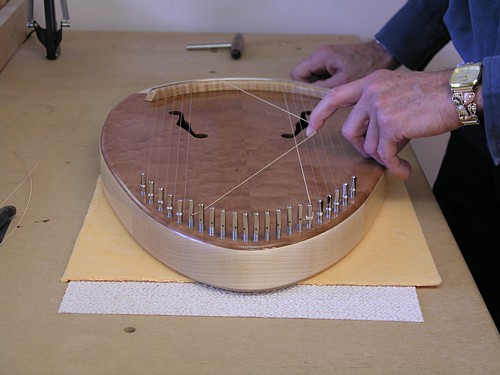
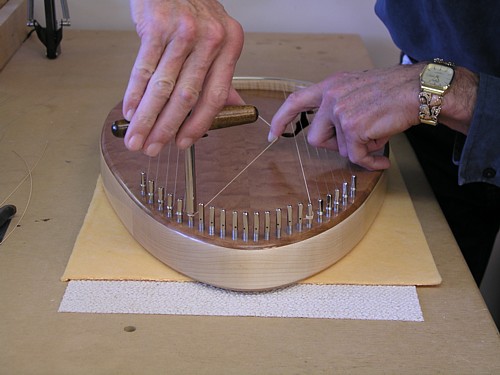 Step 7. Place your tuning wrench over the tuning pin and wind the string in a clockwise direction continuing to keep the string reasonably taught.
Step 7. Place your tuning wrench over the tuning pin and wind the string in a clockwise direction continuing to keep the string reasonably taught.
